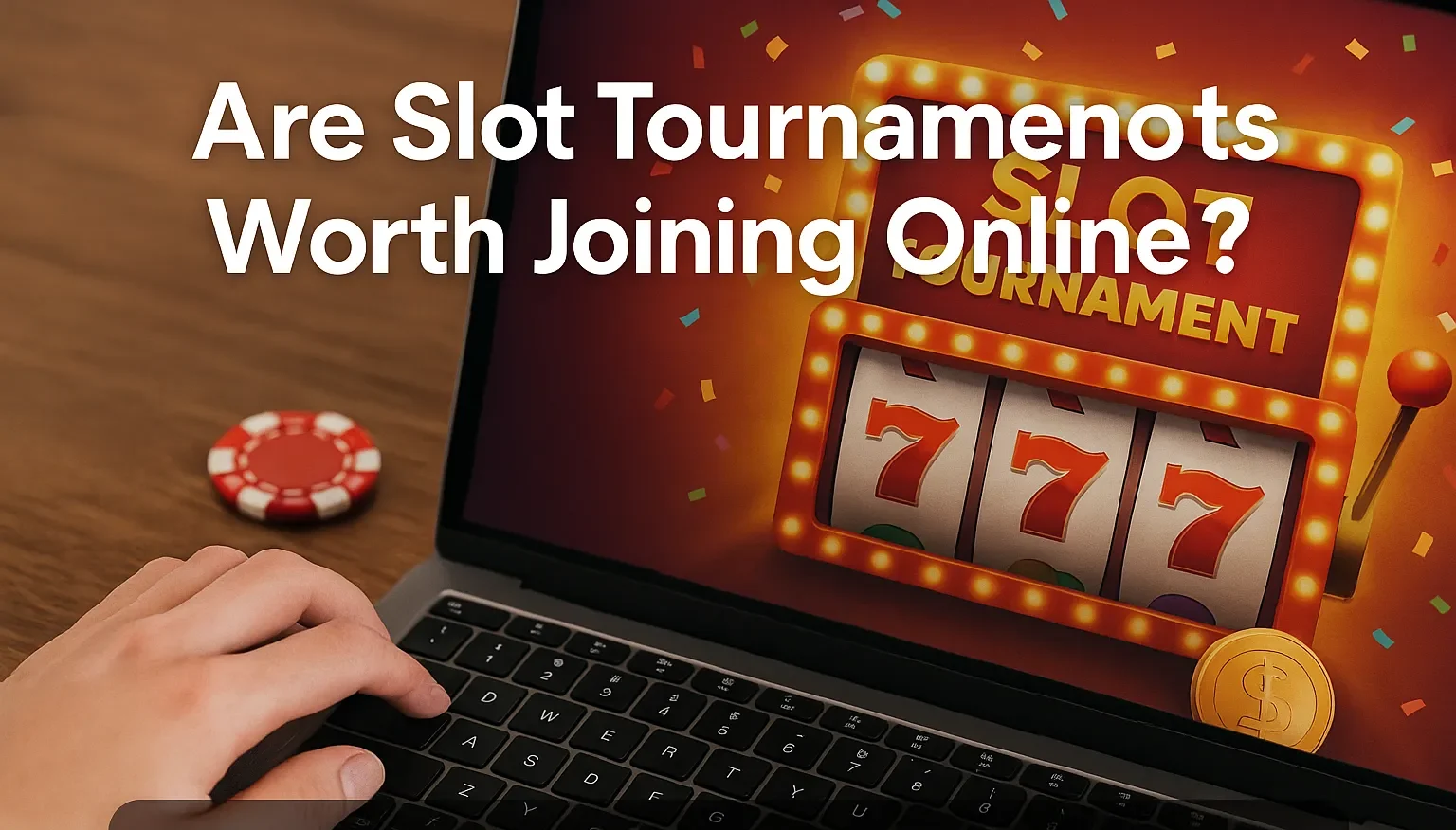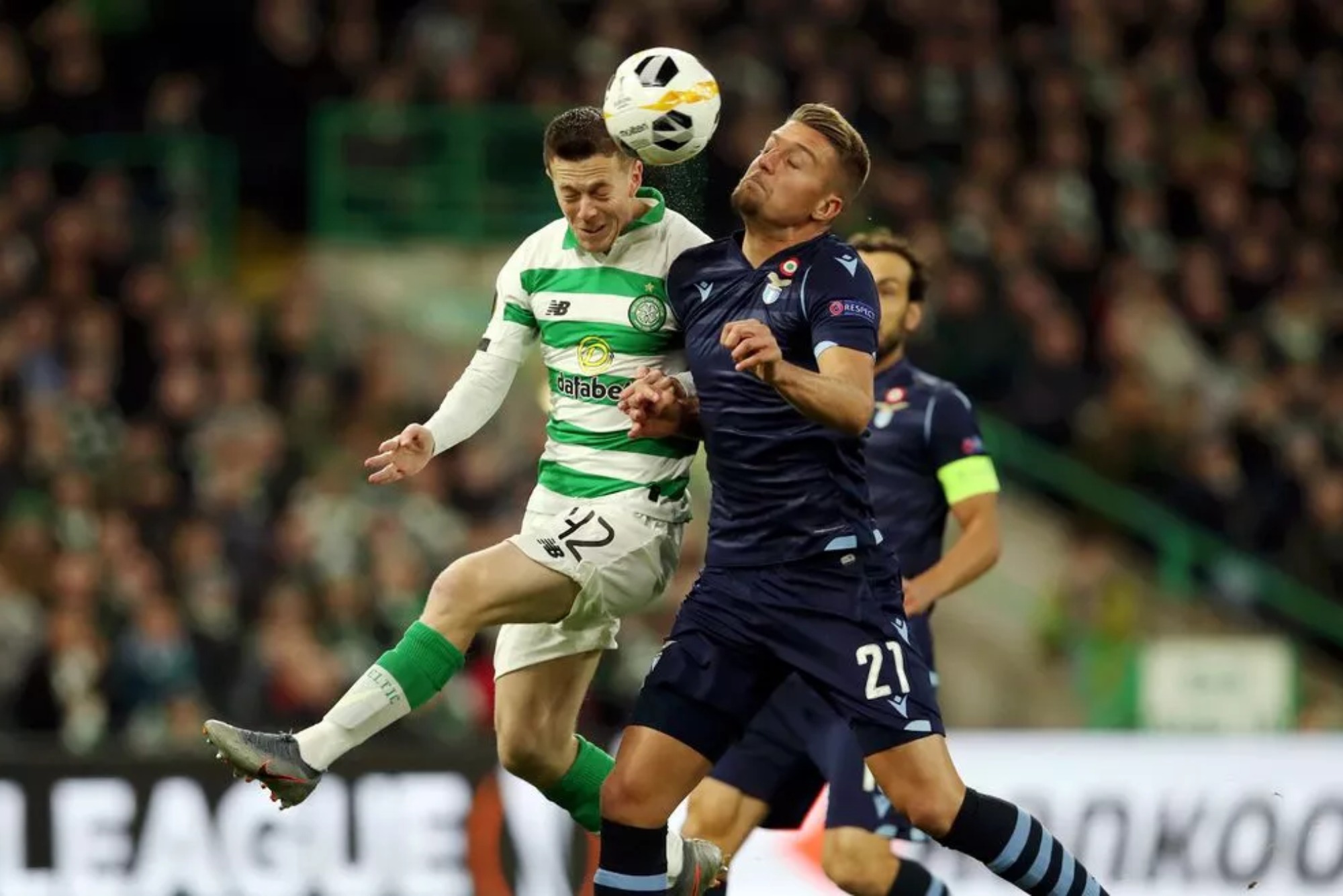If you’ve ever watched a fast-moving leaderboard tick upward while your balance roller-coasters spin by spin, you already know slot tournaments feel very different from casual slot play. The pace, pressure, and communal buzz can either sharpen your focus—or drain your bankroll faster than you expected. After years of dabbling in weekly dashes, time-limited “hour storms,” freerolls, and high-roller bracket events, I’ve come to view online slot tournaments as a tool: valuable in certain strategic scenarios, dispensable in others. Let’s break down how they work, what truly drives value, and whether they’re worth your time.
What Exactly Is a Slot Tournament?
A slot tournament is a structured event where players compete on one (or a small set) of designated slot games during a defined window. Instead of measuring success purely by raw monetary profit, performance is ranked—commonly by total points earned. Points can map to coin wins, adjusted win multipliers, number of feature triggers, or mission completions (like collecting symbols). Prize pools may be fixed (guaranteed) or variable (funded by entry fees or rebated wagering). Some events are pure freerolls (no buy-in), others require a ticket, loyalty token, or direct entry fee.
In many lobbies you’ll notice recurring daily or hourly boards, seasonal festivals with cumulative scoring, and sponsored special events around new game launches. The question isn’t “Are they fun?”—many are. The question is: do they deliver a sustainable expected value (EV) compared to alternative uses of your bankroll and time?
In the broader competitive ecosystem—especially when evaluating alternative verticals such as betting sites that accept crypto—tournaments also act as an acquisition and retention lever: a visible, time-boxed incentive that compresses engagement into high-intensity windows.
Core Tournament Formats (And How They Affect Value)
Fixed Credit / Time-Limited (Equalized Bankroll)
You receive a set number of credits or a fixed time (e.g., 10 minutes) with auto-spin speed optimized. Because everyone’s “currency” is normalized, variance in early big wins can snowball. The primary skill edge is execution efficiency: staying continuously spinning, minimizing pauses, leveraging quick-stop if allowed.
Wager-Accumulation / Open Bankroll
You play with your own funds over a window (say 24 hours). Points accrue based on total win metrics or multipliers. Larger bankrolls and higher bet sizes create natural leverage; whales can leapfrog late. Recreational players should treat these carefully: the marginal cost of chasing up the board near the end often produces negative EV.
Mission / Objective Hybrid
Instead of pure win totals, you collect tasks (e.g., trigger 3 bonuses, collect 500 wilds). This reduces raw bet-size dominance and can create more even footing—if tasks are balanced for probability. Poorly tuned missions can overvalue brute-force volume.
Progressive Leaderboard Series
Multiple daily micro-events funnel into a master leaderboard with compounding point multipliers. Extraction of interim prizes early can be value positive; however, sunk-cost bias often pushes players to overextend to avoid “wasting” earlier effort.
Calculating Expected Value (EV) Rationally
The headline prize pool is a marketing hook. What matters is per-position payout density relative to total entrants and your realistic percentile finish probability. A simplified EV model for an entry-fee event:
Player EV = (Σ (P_finish_i × Prize_i)) – Entry Fee – Incremental Expected House Edge on Required Wager Volume
For freerolls, the entry fee drops to zero, but opportunity cost (your time) still exists. Key friction: Some freerolls throttle spin speed or offer low-volatility templates; this dampens variance so outlier scores are rarer, subtly compressing top-end upside.
Estimating Finish Probability
Track your last N comparable tournaments: note format, field size, rank percentiles. Build a rough distribution (even a spreadsheet histogram). If you consistently land top 10% in equal-credit sprints, and the payout table pays 15% of the field with a healthy middle (not just top-heavy), EV may be positive—even before accounting for ancillary benefits (loyalty points, missions, rakeback).
Hidden (and Overlooked) Value Components
Loyalty Layering
Many platforms stack tournament participation with parallel reward ladders: experience points, seasonal passes, mystery chests. A neutral-EV tournament can become positive when layered accrual pushes you over a threshold (e.g., unlocking a cashback tier). Track these threshold cliffs; a single event might accelerate you to a monthly milestone.
Time Compression
Tournaments compress wagering into intense intervals. For disciplined players who predefine a spend ceiling, this can reduce drifting, aimless play. For impulsive players, the opposite happens: leaderboard anxiety triggers unplanned top-ups near cutoff (“deadline tilt”). Self-awareness is critical.
Bankroll Volatility Smoothing
Equal-credit formats effectively cap maximum loss (you can’t lose beyond the entry cost). For players seeking competitive excitement without open-ended bankroll variance, this is relatively safer entertainment per unit adrenaline.
Social & Psychological Utility
Seeing your alias climb fosters intrinsic engagement. While not monetary EV, it matters if your goal includes entertainment value. Just quantify: “I’m willing to pay £X (expected negative EV) for that experience tonight.” Explicit framing helps avoid regret.
Red Flags That Kill Tournament Value
Hyper Top-Heavy Payout
If 60–70% of the pool goes to the top 1–3 spots and field size is >1,000, casual entrants face a lottery profile. Unless you possess demonstrable edge (perfect spin continuity, high APM on quick-stop, or data on volatility cycles of the chosen slot), EV plummets.
Unlimited Rebuy Mechanics
Some events allow rebuying the base credit stack. This shifts equilibrium toward deep pockets. Unless rebuys are capped per player (e.g., max 2), tight bankroll players should skip; the meta evolves into statistical volume warfare.
Opaque Point Algorithms
If scoring rules are vague (“points based on performance”) you cannot model EV. Favor transparent formulas: e.g., “1 point per 1× bet win, 20 points per bonus trigger,” etc. Opacity usually favors the house narrative.
Late Registration Extensions
Frequent “registration extended” announcements inflate field size post-entry, diluting expected share. Track how often this occurs on a platform before committing to large fee events.
Strategic Approaches for Different Player Profiles
Recreational / Entertainment-Oriented
Target freerolls, low-fee equal-credit sprints, and mission tournaments with broad payout distributions. Pre-set a fixed session block: “Two sprints tonight—then done.” Focus on enjoyment; treat any prize as variance bonus.
Bankroll Builder (Small / Medium Roll)
Exploit overlay situations: If guaranteed prize pool (GPP) events show low registrations near cutoff, EV rises because your proportional share increases. Monitor lobby counters 5–10 minutes pre-start. Join only when projected final entrants × average entry fee < guaranteed pool (clear overlay).
High-Volume Grinder
Maintain a tracker of each event’s ROI ( (Total Prizes Won – Total Entry + Bonus Value) / Entry Spend ). Identify which slot titles yield consistent performance. Some games with medium volatility and frequent feature hits generate smooth point accrual, reducing reliance on rare massive hits.
Data-Focused Optimizer
Run small sample tests on spin throughput: measure spins per minute auto-spin vs. manual quick-stop (if permitted) and error rates (missed seconds). A 5% increase in spins per time-limited event can shift you several percentile ranks in dense clusters.
Skill vs. Pure Luck: Is There an Edge?
Slot outcomes are RNG-driven; you cannot influence symbol distribution. Your edge resides in meta-execution: minimizing downtime, choosing tournament formats where bankroll disparity is neutralized, leveraging information (overlay, payout structure), and disciplined stop rules. Think of it similar to optimizing frequent-flyer points: you can’t control plane speed, but you can choose routing and accrual partners.
In open-bankroll tournaments, “edge” can become pay-to-compete. There, the only sustainable strategy is clarifying your cost-per-leaderboard-position-gain. If pushing from 40th to 15th statistically costs more expected loss than the incremental prize, stop.
Bankroll & Time Management Framework
-
Define a Tournament Budget %: Allocate perhaps 10–15% of weekly gaming bankroll to tournaments. The rest remains for standard play or other promos.
-
Set a Session Timer: Use a physical or app timer; when it ends, you review results rather than autopilot entering the next event.
-
Log Each Event: Columns: Date, Format, Field Size, Entry (net), Rebuys, Prize Won, Effective Spins/Minute, Finish Percentile, Notes (e.g., volatility feel). After 30 entries patterns emerge.
-
Review Monthly: Cull the bottom third of low-ROI formats; redeploy capital into higher-yield or non-tournament opportunities.
Psychological Pitfalls
Leaderboard FOMO (fear of missing out) is real. Seeing rivals surge late triggers urgency. Build a pre-commitment clause: “If below prize band X with <15% of event time left, accept current position.” This inoculates against frantic, sloppy decision-making (like misclicking bet level changes if format allows).
Confirmation bias also sneaks in: A single big win leading to a 1st place finish can anchor unrealistic future EV expectations. Counter with your cumulative ROI log, not memory highlights.
When Are Slot Tournaments Clearly Worth It?
-
Overlay Freerolls / Guarantees: Mathematically favorable if registrations are soft.
-
Loyalty Threshold Pushes: Final points needed for high-value monthly cashback.
-
Skill-Lean Equal-Credit Sprints: When your technical execution (zero idle time) outperforms average.
-
Entertainment Budget Allocation: When you consciously value communal excitement and treat potential prizes as variance add-ons, not financial plan anchors.
When You Should Skip
-
You are fatigued (reaction time drops; throughput suffers).
-
Field size explodes beyond projections (diluted payout slope).
-
Rebuy festival dynamics you can’t bankroll.
-
Hidden scoring algorithm prevents EV estimation.
Future Trends
Expect more mission-layered micro tournaments: dynamic objectives adjusting mid-event (e.g., “Next 100 spins: triple symbol collection points”)—gamifying pace while giving smaller bankrolls punctuated catch-up opportunities. Also watch for cross-vertical hybrid boards (casino + live game show + crash game contributions). Crypto-integrated ecosystems may accelerate real-time prize disbursement with transparent on-chain leaderboards, potentially reducing disputes. AI personalization will likely seed tailored micro-event invitations (“You outperformed 85% average spins/min last week—enter this precision sprint with capped field”).
Final Verdict
So, are online slot tournaments worth joining? Conditionally, yes. They’re worth it when structural factors (overlay, broad payout, equal-credit fairness, loyalty stacking) align and you approach them with a measured, data-informed mindset. They are not worth it when you’re chasing sunk costs, entering opaque, hyper top-heavy or rebuy-dominated events, or substituting tournaments for a lack of broader bankroll strategy. Treat tournaments as one tactical layer in a diversified recreational or semi-optimized play plan—not the whole strategy. Measured participation can turn them into a positive EV—or at least high satisfaction—component of your gaming routine. Blind, impulsive entry flips them into a variance tax.










